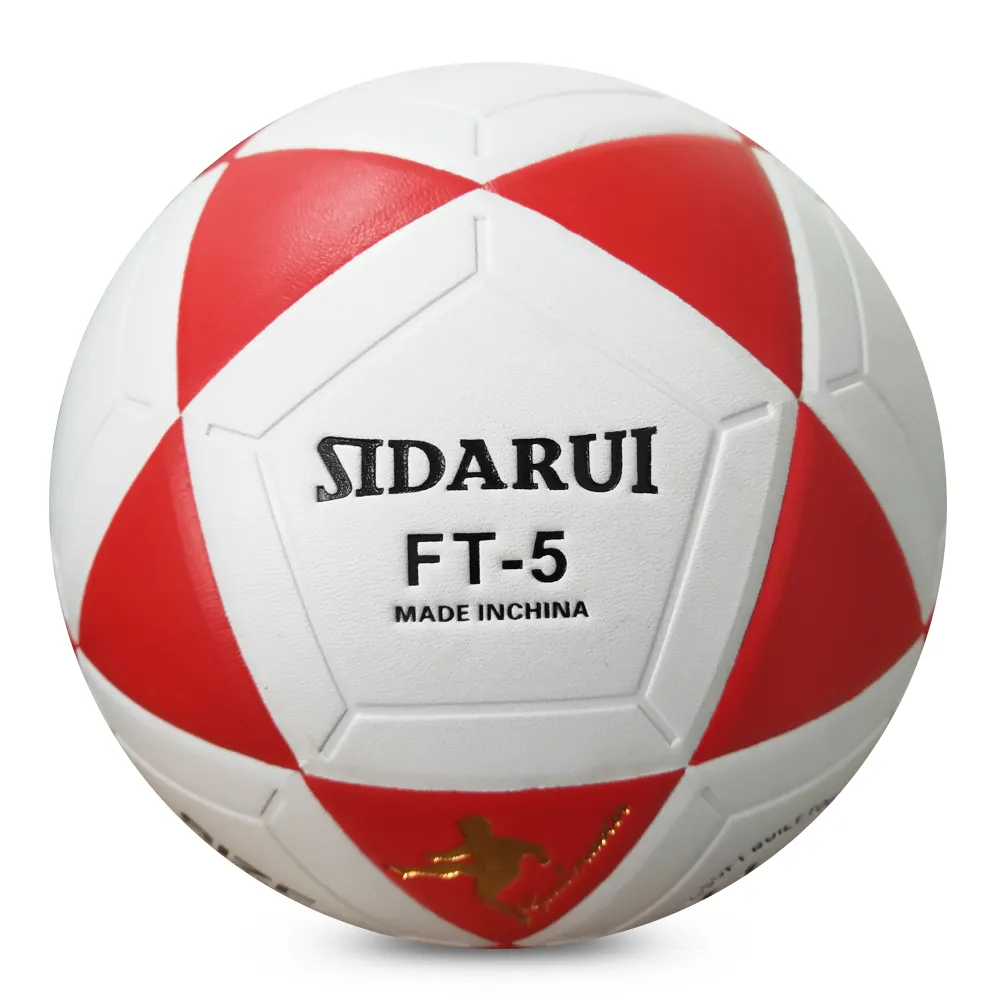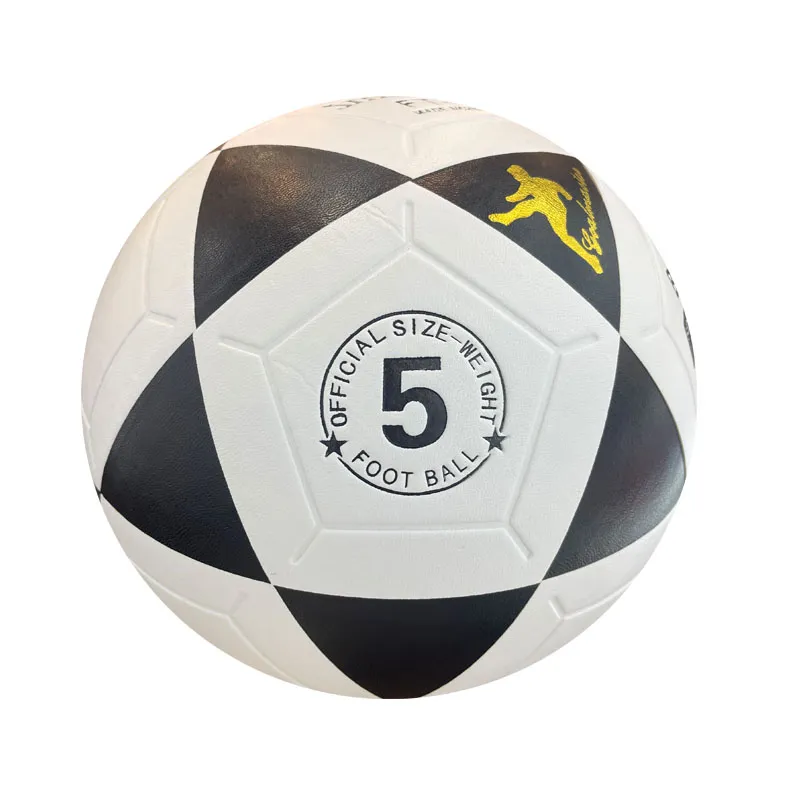Volleyball, a sport enjoyed by millions worldwide, features various adaptations and styles, each offering unique experiences and challenges. Understanding these different types can help enthusiasts choose the right variation that aligns with their interests, skills, and environment, enhancing both experience and engagement.

Indoor volleyball, the most prevalent format, is played on a hard court with teams of six on each side. This version emphasizes technical skills and teamwork, thriving on powerful spikes, precise sets, and strategic placements. In professional settings, indoor volleyball commands a high level of athleticism and coordination, with players often specializing in roles such as setter, libero, or outside hitter. Expertise in this format is marked by a deep understanding of rotation strategies, player positioning, and swift adaptability to dynamic play situations. The fast-paced nature and the intense physical demands make indoor volleyball both challenging and captivating.
Beach volleyball, a prominent Olympic sport, reduces the team to pairs, demanding all-round skills from each player. The sandy terrain adds a layer of difficulty, requiring excellent cardiovascular endurance and adaptability. The experience of beach volleyball is synonymous with an enjoyable yet rigorous workout, blending the relaxed ambiance of the beach with competitive intensity. Players must possess commendable communication skills and synergistic partnering to navigate the expansive court while countering elements such as wind and uneven surfaces, enhancing its allure and complexity.

Grass volleyball, although less formalized, offers a flexible and enjoyable alternative. Commonly played in backyards and parks, it allows for more casual and inclusive participation. Teams can vary in size, typically ranging from two to six players, accommodating various skill levels and age groups. Grass volleyball fosters a community-centric environment where fun and interaction are prioritized over stringent regulations, making it ideal for social gatherings and amateur tournaments. Expertise in grass volleyball can encourage involvement and skill development across diverse demographics, cultivating a widespread appreciation for the sport.
different types of volleyball
Sitting volleyball expands inclusivity, tailored explicitly for athletes with physical impairments. It closely mirrors indoor volleyball regarding rules and objectives but requires players to remain seated. This variation promotes both recreational and competitive opportunities globally, inclusive of Paralympic Games participation. Sitting volleyball underscores the importance of accessibility and adaptation in sports, often requiring increased upper body strength and swift lateral movements, demonstrating the multidimensional nature of volleyball expertise.
Volleyball's adaptability extends to less conventional formats,
such as snow volleyball. Played on snow-covered terrain, this emerging discipline challenges players with cold conditions and high altitudes, blending elements of fun and novelty. As the sport garners interest in alpine regions, it introduces new strategies and attire suitable for icy environments, emphasizing the playful and innovative spirit of volleyball.
Each volleyball type offers distinct engagement levels, promoting skills such as communication, endurance, and strategy. Whether indoors, on the beach, in a park, or amid snow, the essence of volleyball lies in its ability to bring people together, transcending physical boundaries and cultivating teamwork and sportsmanship. Participants are encouraged to explore each variation, gaining comprehensive insights and appreciation for the diverse modalities and experiences within the volleyball landscape. Recognizing these variations not only enriches personal experience but also provides valuable contributions to community-building and the global sporting narrative.













